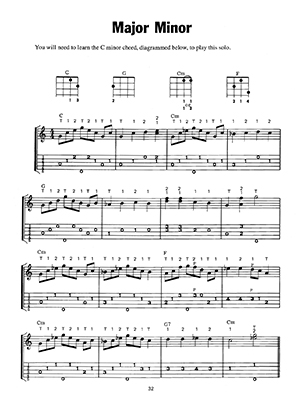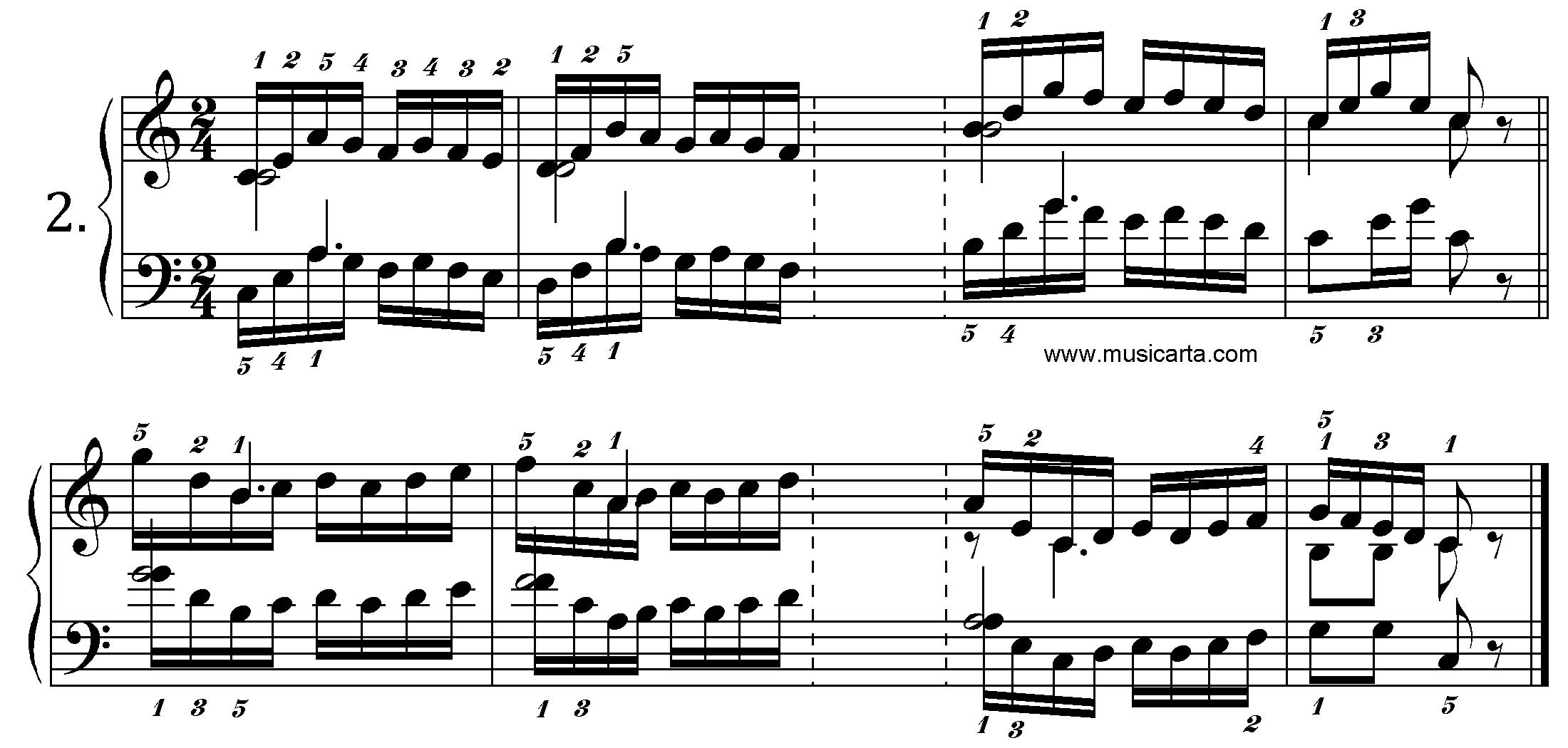

Let’s say you’re playing in a band in this case you will probably stick to the ordinary C chord as the bassist will take care of the bass note D. For example, Cmaj7/D and Fmaj7/G can be played with the same shape as D13sus and G13sus, respectively. It's not unusual that slash chords, especially with four notes or more, coincide with extended chords. Famous songs with many slash chordsįor example, is the Eagles song "Hotel California" consisting of a longer sequence with this chord type:Īm/C – E/B – G/B – D/A – F/A – C/G – Dm/A – E/G# Overlaps As for C/D#, which on piano had been suitable between C and D, but there is no chord shape on the guitar that makes the transition smooth, and the bigger the changes are in finger positions, the less likely for the progression to sound great. It's not always that shifting to another chord via a slash chord works that well. They create ascending and descending bass lines. The progression above includes both slash chords in forms of inverted triads and with alternative bass notes. Yes, it's true that C cannot be found in the E major scale, but it will still work as a chromatic bass walk.Īnother progression, why stop? This one includes a minor seventh, and of course, you can elaborate almost endlessly with alternative bass notes in several chord categories. Two sequences with E minor and major respectively. Both will sound nice, and especially with different finger picking patterns. The similarities with the two progressions above are obvious. The following two progressions have many similarities:įor the above sequence you need to play the A chord with only the index fingers or use the thumb for the bass strings. This is a nice sequence and you can strum the chords or just the bass strings in the Am/G, Am/F# movement, or something in between. The slash chord D/C# can be played by baring the three lowest string with one finger to be able to reach up to the C# on the fourth fret on the fifth string. In the same fashion as some of the examples above, but using two slash chords is also an alternative in some occasions.


In the key of D, a Bm to Bm/A sequence can be used as a bass walk (Bm/A can be played as X04432 or X0443X, the former is probably best in this case):ĭ – Bm – Bm/A – G Chord progressions with many slash chords (Instead for F - F/E it's also possible and quite easier to play Fmaj7 - Fmaj7/E.) Without being very common F/E could be used as an in-between chord by the same principles as the sequences above. The following progression creates a descending bass line (Am/G can be easier to play as Am7/G: 302010):Ī slight nuance can be created by Em/D placed between Em and Cmaj7: F# (F sharp) is positioned between G and E in the scale of G major.Ī third example show a way to alternate the E - A progression: Here follows examples of the usability of slash chords in progressions:Īnother approach on the same theme is to insert a G/F# chord between G and Em. This works well because the note B is flanked by A and C in the relevant musical scale. Instead of moving directly from a C to an Am the slash chord C/B can be put in between. Slash chords are often used to make smooth progressions. In some cases, other better possibilities can be found by using alternate tunings. However, in some cases it doesn't work very well because of the instrument. It's theoretically possible to play all sorts of chords with alternative bass notes. See also: power chords with alternative bass note. But there is more, and some are listed here in annotated form: C The pictures above show some of the most useful chords with alternative bass notes.


 0 kommentar(er)
0 kommentar(er)
